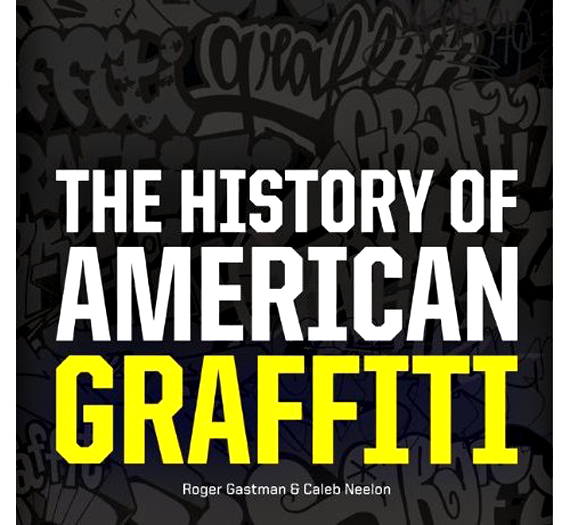If we grew up hundreds of years ago we probably wouldn’t think of an overpass as a canvas for a piece of art. (In part because there were no overpasses.) However for as long as we can remember, we’ve liked our art like we’ve liked a lot of things in our lives – with a hint of danger and illegality – so we’ve long been fans of what we’ve dubbed The American Graffiti Movement. And, this is our textbook. The History of American Graffiti explores the entire culture of the art form from guys tagging train-cars back in the day to modern day work in cities across the country. Meet all the players in the game and check out some of their best work in this 400 page book. If they taught this in college we probably wouldn’t have gone to just the exams in Art History.
More Entertainment

5 Picks From the 2025 Film Festival Season, Based on Movies You Already Love
I survived festival season. These are the films I haven't stopped thinking about since.

The Best 2025 Horror Blu-ray Releases For Halloween
Because this genre belongs in physical form.

4 Shows to Binge If You Liked Fargo
The movie or the show or both.

